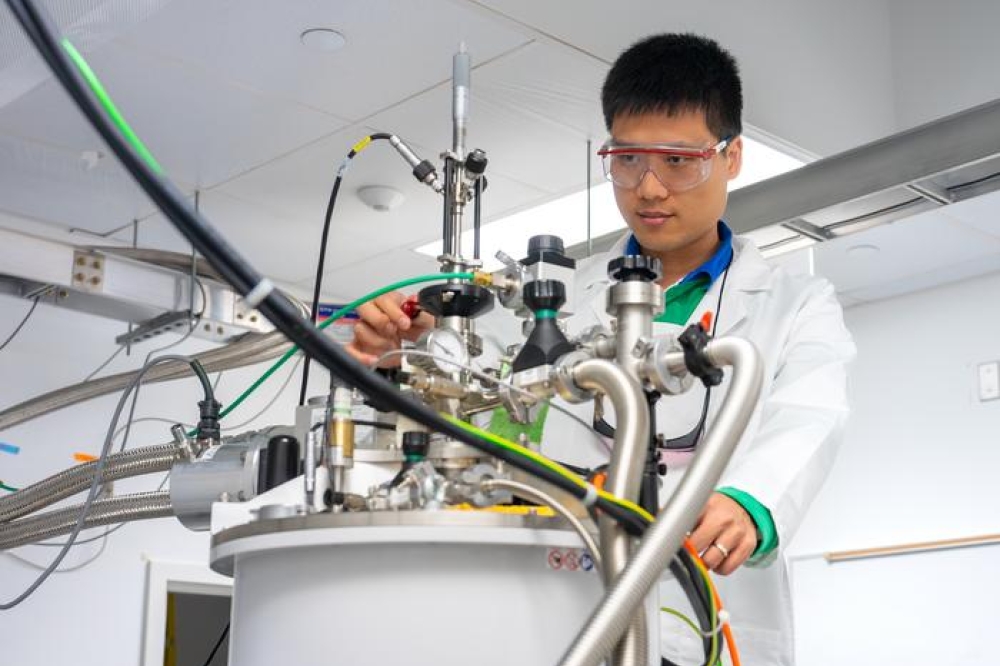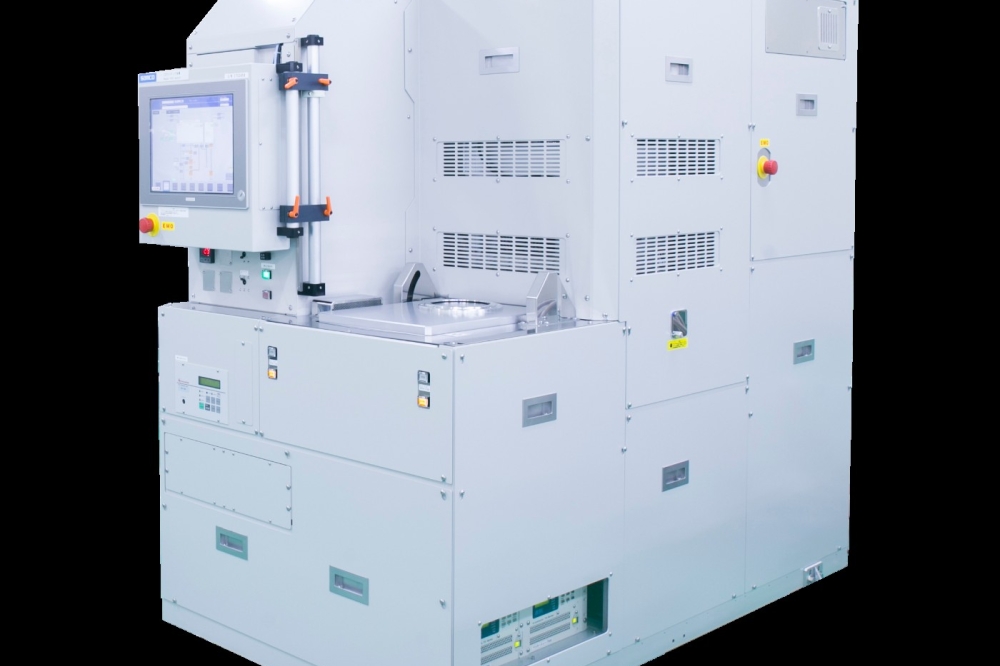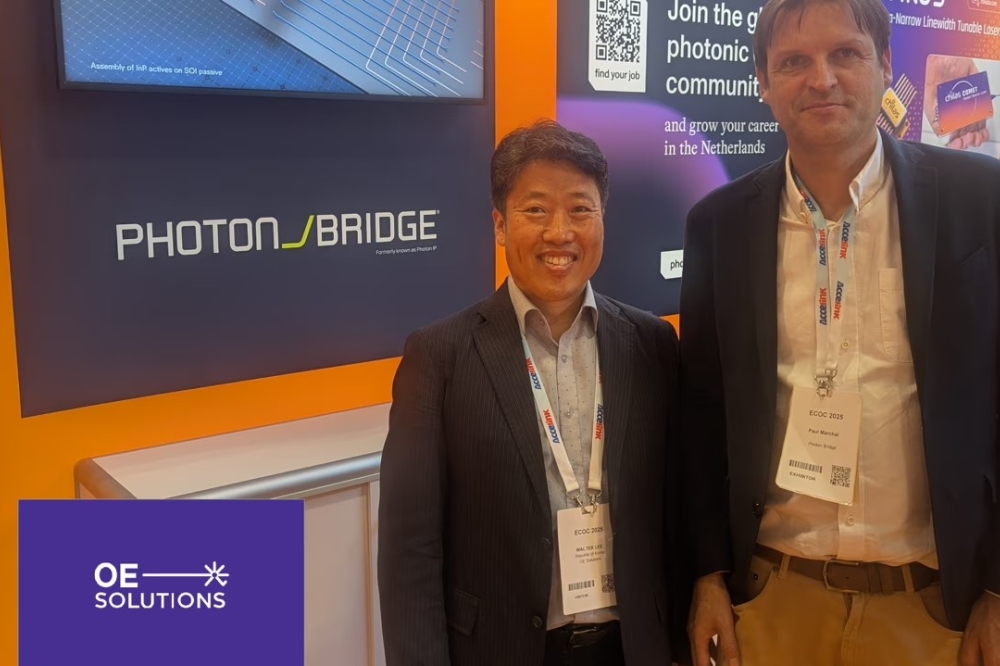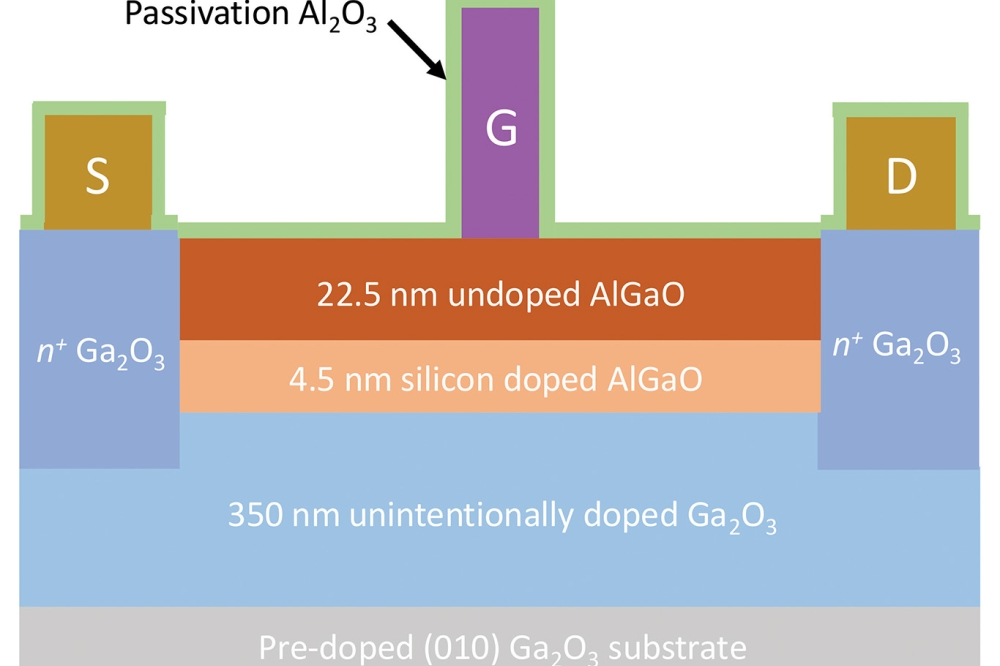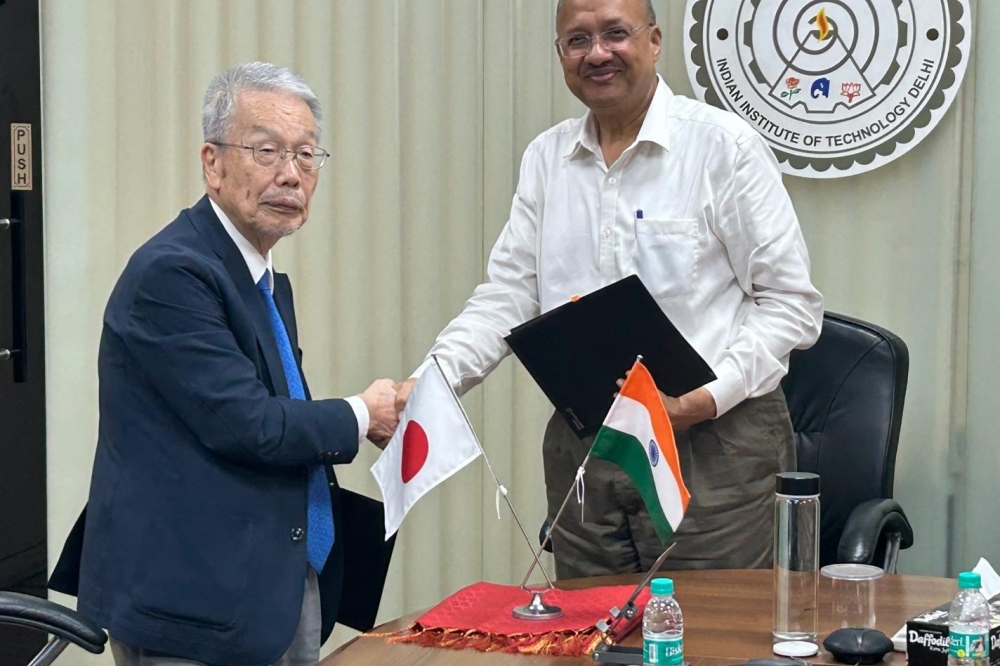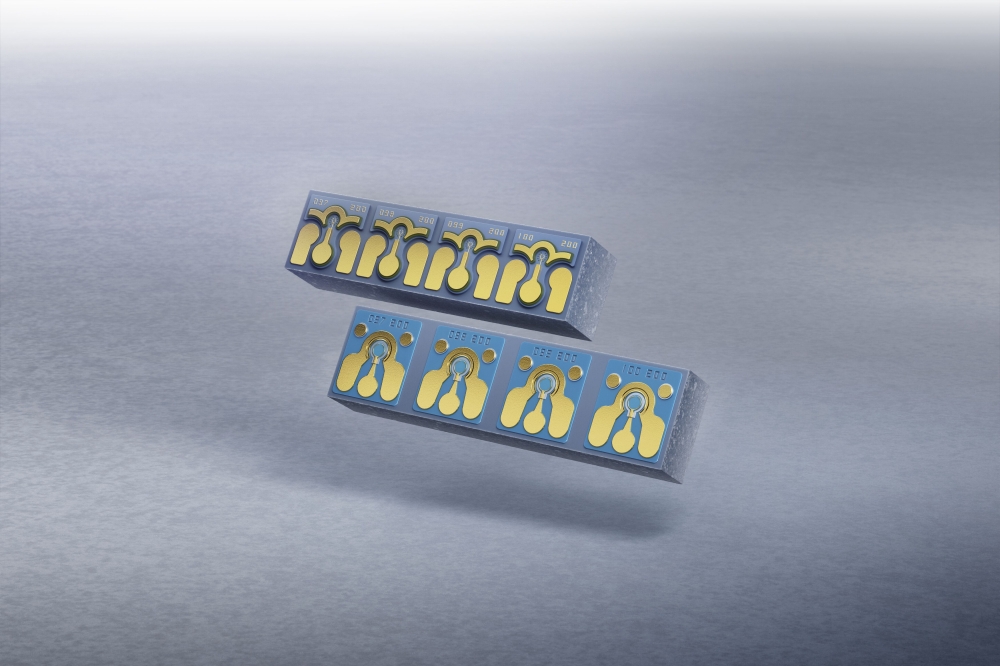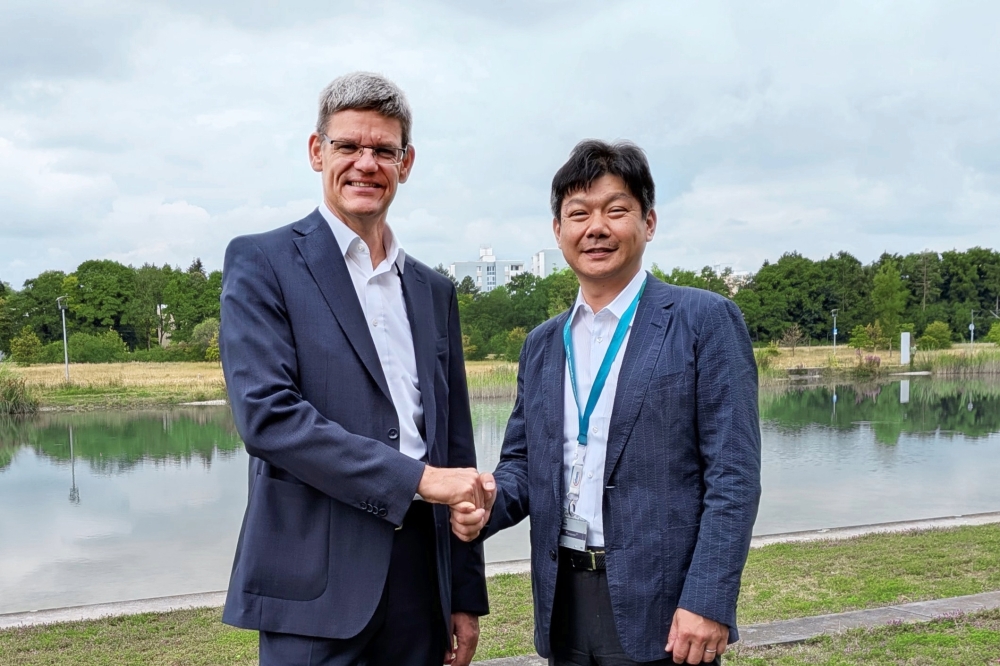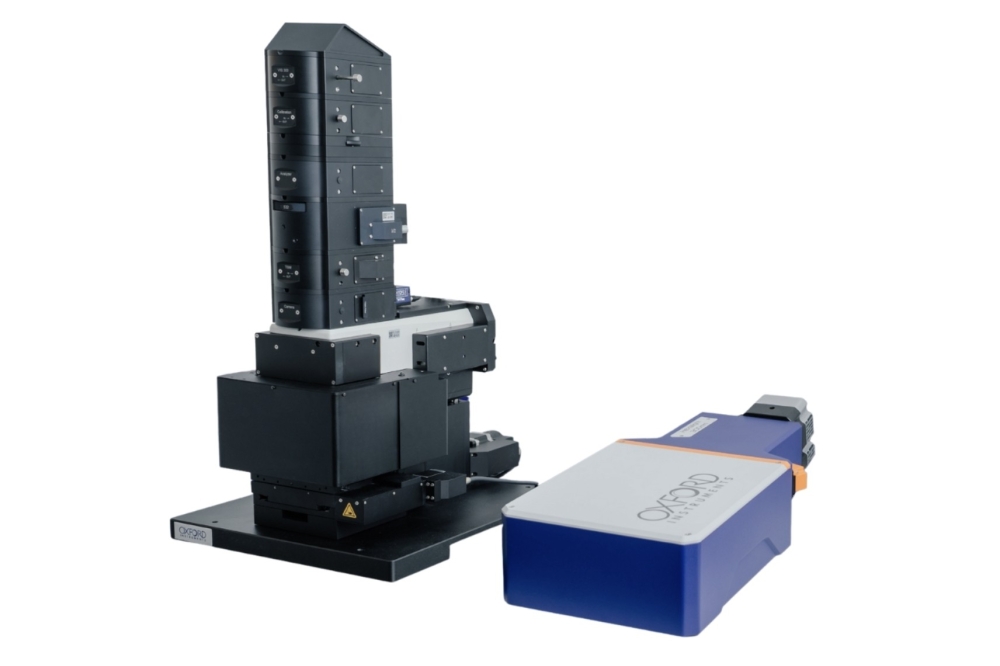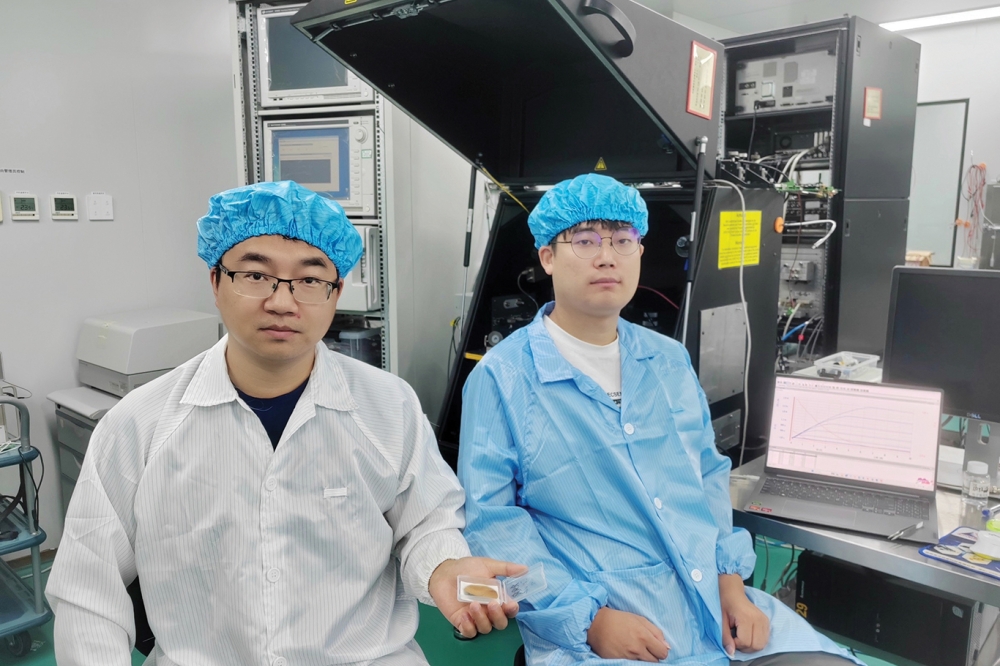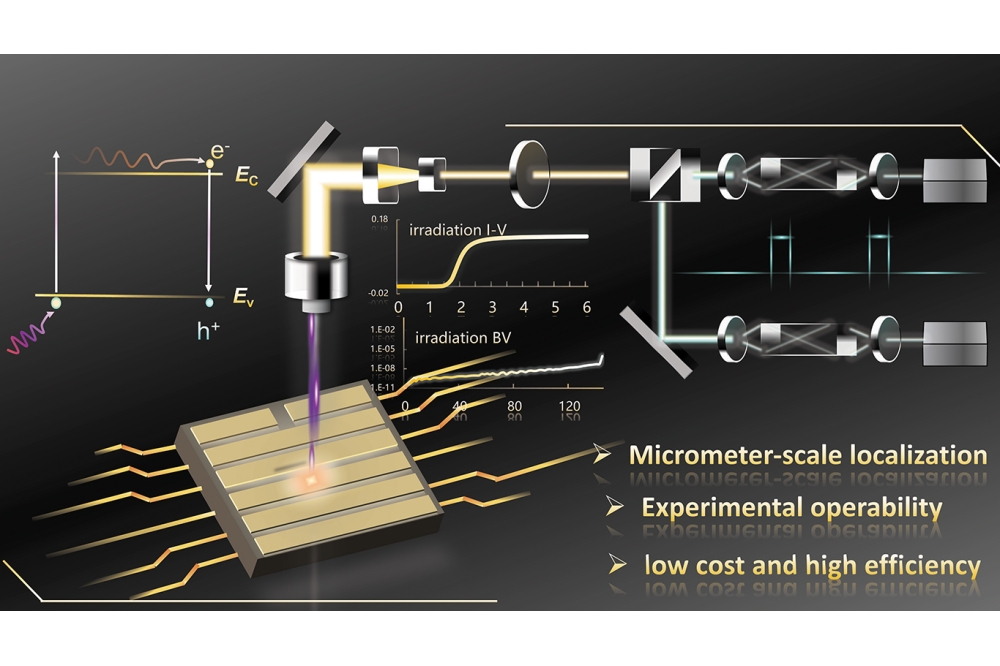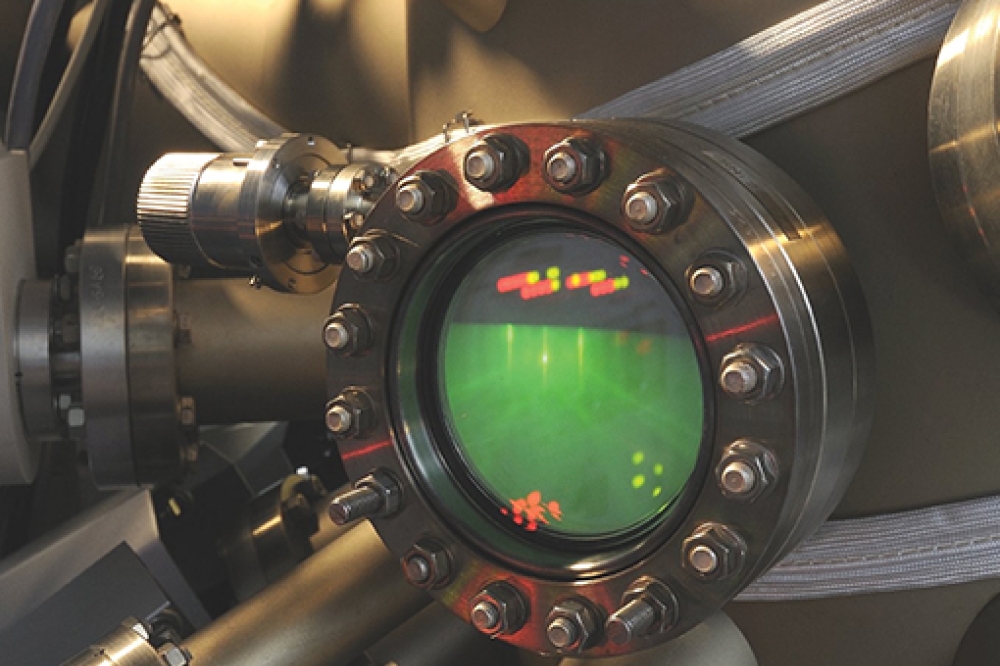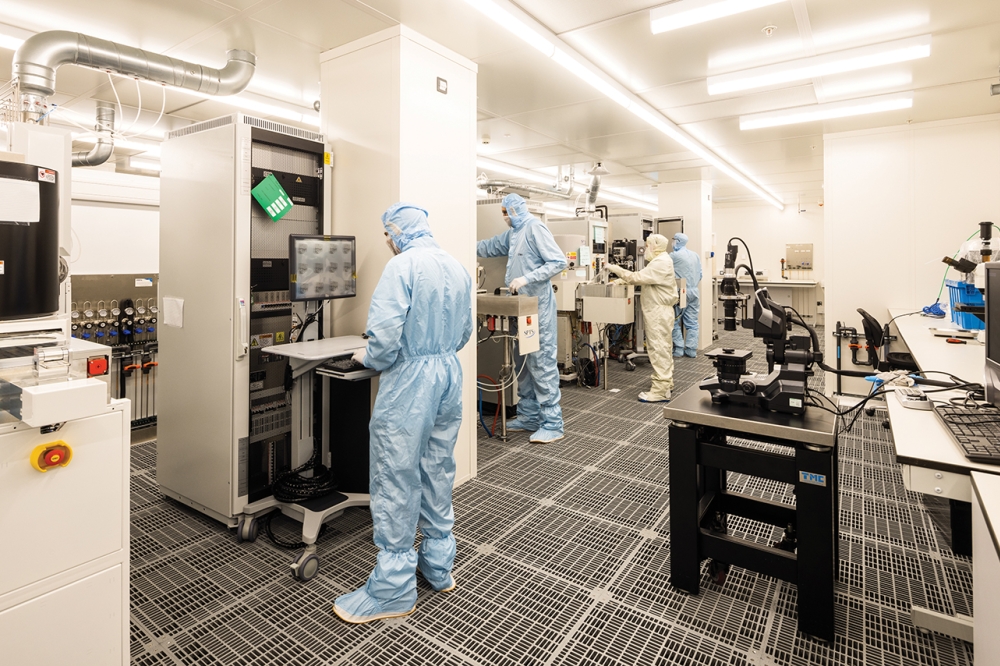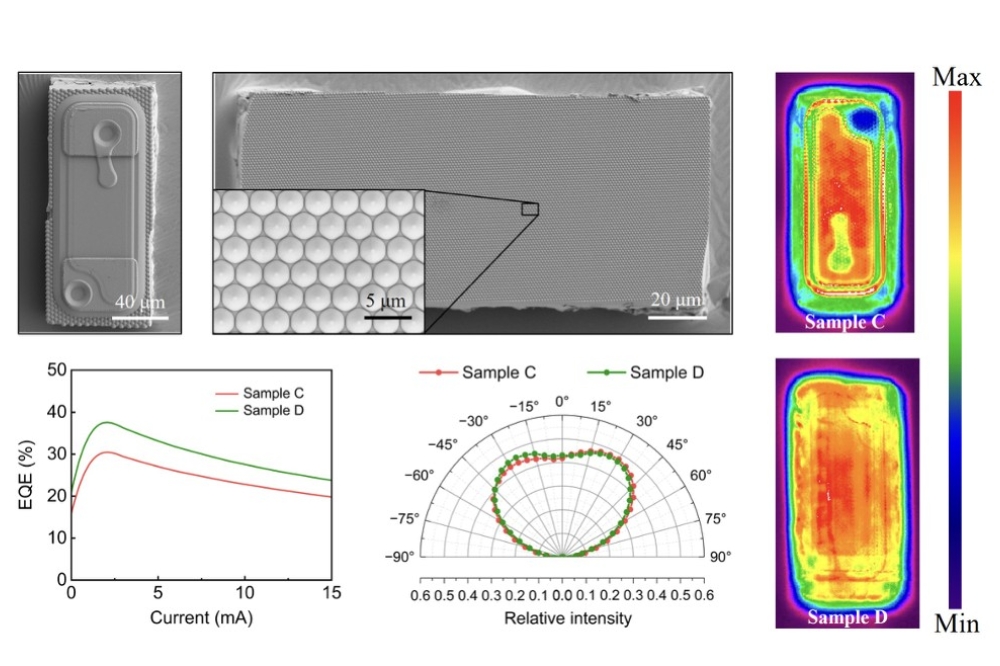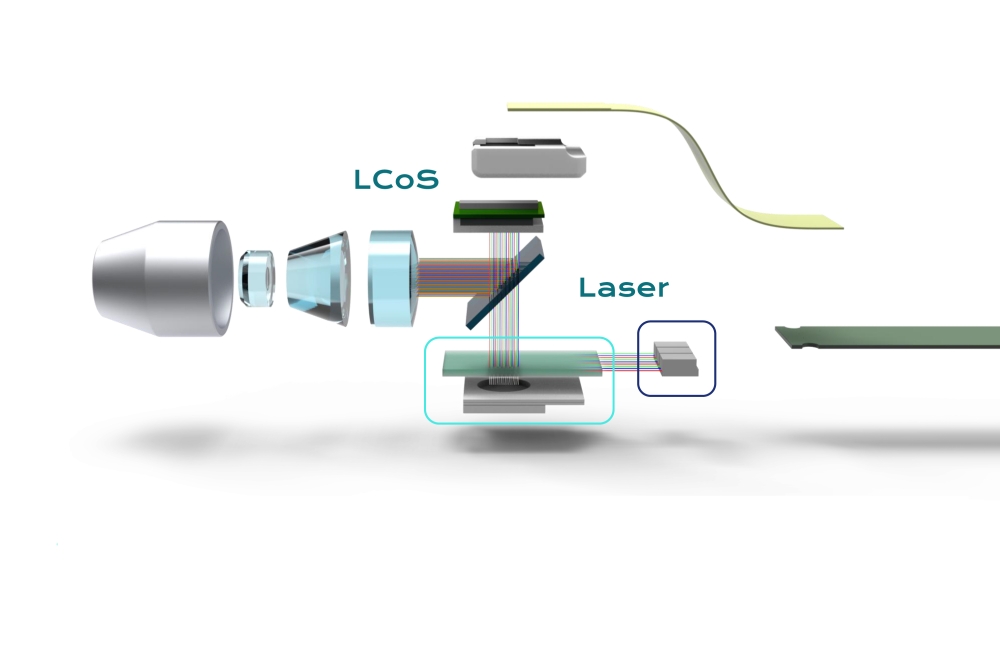US team identifies promising future material
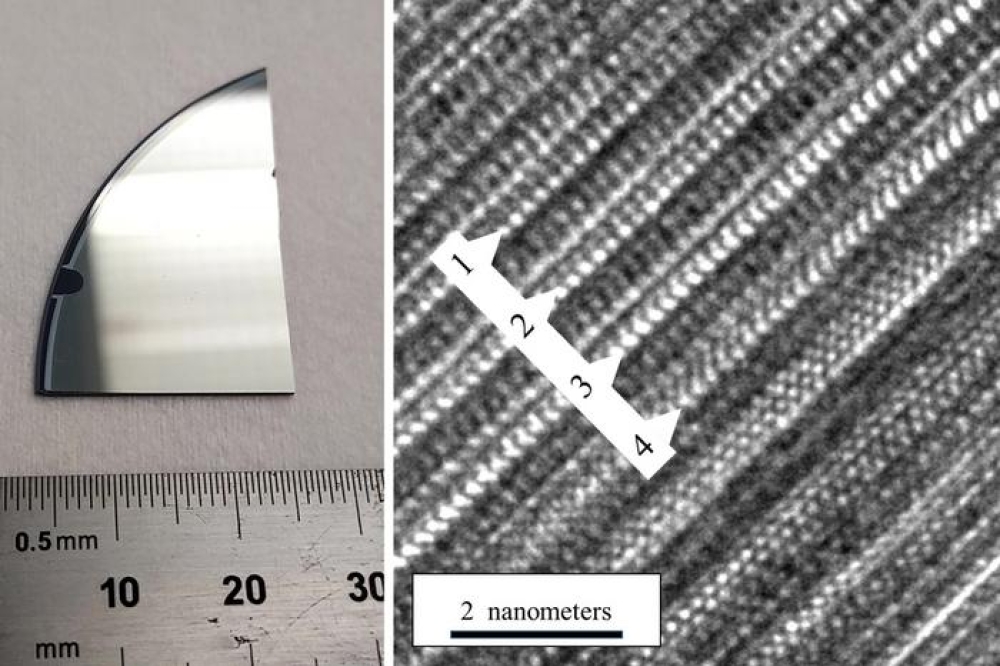
A material with a high electron mobility is like a highway without traffic. Any electrons that flow into the material experience a commuter’s dream, breezing through without any obstacles or congestion to slow or scatter them off their path.
Now a US team of physicists at MIT, the Army Research Lab, and elsewhere have achieved a record-setting level of electron mobility in a thin film of ternary tetradymite — a class of mineral that is naturally found in deep hydrothermal deposits of gold and quartz.
The results were based on molecular beam epitaxy (MBE) growth of p-type (Bi0.43Sb0.57)2Te3 and n-type Bi2(Te0.95Se0.05)3.
The films displayed a low carrier density on the order of 1018 cm−3 and a record high mobility exceeding 104 cm2 V−1 s−1 at 2 K.
The team was able to estimate the material’s electron mobility by detecting quantum oscillations when electric current passes through. These oscillations are a signature of the quantum mechanical behaviour of electrons in a material.
“Before, what people had achieved in terms of electron mobility in these systems was like traffic on a road under construction — you’re backed up, you can’t drive, it’s dusty, and it’s a mess,” says Jagadeesh Moodera, a senior research scientist in MIT’s Department of Physics. “In this newly optimised material, it’s like driving on the Mass Pike with no traffic.”
The team’s results, recently published in the journal Materials Today Physics, point to ternary tetradymite thin films as a promising material for future electronics, such as wearable thermoelectric devices that efficiently convert waste heat into electricity. (Tetradymites are the active materials that cause the cooling effect in commercial thermoelectric coolers.)
The material could also be the basis for spintronic devices, which process information using an electron’s spin, using far less power than conventional silicon-based devices.
The study also uses quantum oscillations as a highly effective tool for measuring a material’s electronic performance.
“We are using this oscillation as a rapid test kit,” says study author Hang Chi, a former research scientist at MIT who is now at the University of Ottawa. “By studying this delicate quantum dance of electrons, scientists can start to understand and identify new materials for the next generation of technologies that will power our world.”
Reference
'Magnetotransport properties of ternary tetradymite films with high mobility' by Patrick J. Taylor et al; Materials Today Physics (2024)

